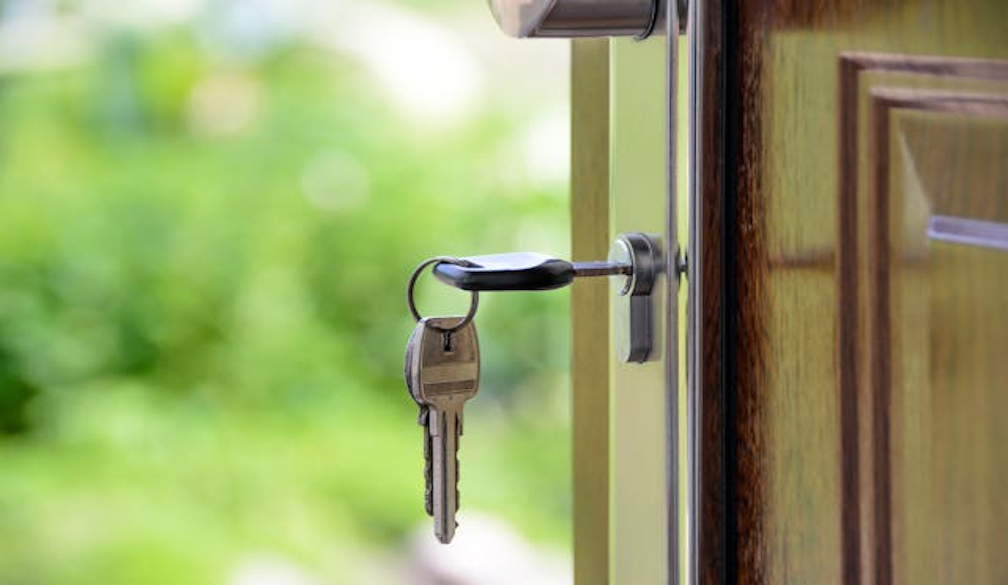The Home Buying Process Explained Step by Step

Buying a home is a thrilling milestone, but it can also feel like navigating a maze without a map. With paperwork, finances, and decisions at every turn, understanding the home-buying process is crucial for success. Whether you're a first-time buyer or moving into a new chapter of life, having a clear roadmap makes all the difference. In this guide, we break down the home-buying journey into manageable, actionable steps to help you move forward with confidence. From budgeting to closing the deal, here’s everything you need to know to buy your dream home the smart way.
Step 1: Assess Your Financial Readiness
Before you browse listings or attend open houses, it’s essential to take a close look at your financial health. Start by reviewing your credit score, monthly expenses, and savings. A strong credit score can improve your chances of getting a favourable mortgage rate. You’ll also need to determine how much you can realistically afford for a down payment and a monthly mortgage. Most financial advisors recommend spending no more than 28–30% of your gross monthly income on housing.
Step 2: Get Pre-Approved for a Mortgage
Pre-approval is a key step in showing sellers that you’re a serious buyer. By providing documents such as tax returns, income verification, and debt information, lenders can estimate how much they’re willing to lend you. This letter of pre-approval not only helps define your budget but also gives you a competitive edge in tight markets where homes move fast. Take a look at Wise’s article on the mortgages in the Australian market for more info.
Step 3: Find the Right Real Estate Agent
A professional, local real estate agent can be your best ally throughout the process. Choose an agent with in-depth knowledge of your target area and a track record of successful transactions. They’ll guide you through property viewings, help you understand local market trends, and negotiate on your behalf. For instance, if you're interested in a Kedron house for sale, working with a local expert ensures you stay ahead of new listings and market fluctuations.
Step 4: Begin Your Home Search
Now comes the fun part—searching for your new home. Make a list of must-haves and deal-breakers, such as the number of bedrooms, location, school districts, or proximity to work. Use online real estate platforms and your agent’s insights to identify suitable properties. Attend open houses or private showings to get a feel for what’s available within your price range and how well it aligns with your lifestyle.
Step 5: Make an Offer
Once you’ve found a property that meets your needs, it’s time to make a formal offer. Your real estate agent will help you determine a competitive yet fair price based on market research and the home’s condition. The offer will include terms such as purchase price, contingencies (like financing or home inspection), and closing date. Be prepared for counteroffers and negotiations before reaching an agreement.
Step 6: Schedule a Home Inspection
A home inspection is vital to uncover any hidden problems, such as plumbing issues, foundation cracks, or outdated wiring. Hire a licensed inspector to evaluate the property thoroughly. If significant issues are discovered, you may choose to renegotiate the price, request repairs, or even walk away from the deal. The goal is to ensure that you’re making a sound investment.
Step 7: Finalise Your Mortgage
With a signed offer and satisfactory inspection in place, it's time to lock in your mortgage. You’ll work with your lender to complete the loan application, submit final documents, and secure your interest rate. An appraisal will also be ordered to ensure the home’s value matches the agreed purchase price. Keep in mind that this step may take a few weeks to complete.
Step 8: Review and Sign the Closing Documents
Closing day is the final hurdle before you officially become a homeowner. You’ll review a stack of documents, including the loan agreement, deed, and disclosures. It’s wise to have a legal or financial advisor available to explain anything you don’t understand. Once everything is signed, you’ll pay your closing costs, which usually include fees for the loan, title search, and insurance.
Conclusion
Buying a home is one of life’s most significant investments. While the process can seem complex at first glance, breaking it into clear steps ensures you stay informed and in control. From financial preparation to closing the deal, each phase is a building block toward owning a place you can truly call your own.




















